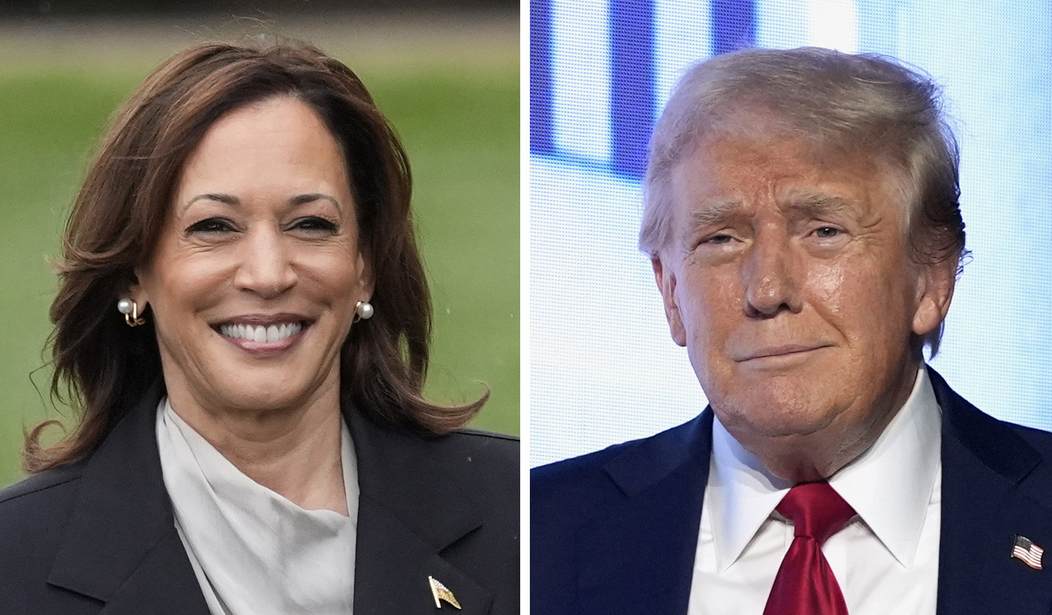Nate Silver’s recent election models are causing quite a stir on social media. His latest projection gives Trump a 61.5% chance of winning compared to 38.3% for Kamala Harris. His model gives Trump the highest odds of winning the election since July, and leftists are coming up with every excuse in the book to dismiss it. But they really shouldn’t, nor should the right become complacent.
Trump’s advantage in the model is largely due to the Electoral College. On Friday, Nate Silver explained that despite Harris maintaining a slight edge in national polling. Silver warned that "the Electoral College is starting to look like a challenge for Kamala Harris," referencing similar issues Democrats faced in 2016 and 2020.
Remember, in 2020, Joe Biden may have won the national popular vote by 4.5 points, but his victory hinged on less than 50,000 votes across three states.
Silver’s election model is fascinating because it isn’t just a snapshot of current polling. His accounts for a variety of factors to project the outcome of the election. And right now, the polling points to problems for Harris
"The problem for Harris is that Donald Trump has been gaining on her in our polling averages, too — at least in the most important Electoral College states," Silver explained.
This disparity brings back memories of 2016 and 2000, where popular vote victories didn’t translate into an Electoral College win. Based on Silver’s analysis of the polls, despite Kamala’s small advantage in national polls, her hold in swing states is clearly fragile.
Of course, Silver notes that “this remains an extremely winnable election for Harris,” and the upcoming debate could become a major factor in the outcome.
That hasn’t stopped the left from questioning the credibility of Silver’s forecast because it doesn’t tell them what they want to hear.
Related: Kamala Can’t Sell Herself as 'a New Way Forward'
It’s true that Nate Silver hasn’t always been right, but predicted the 2008 and 2012 elections with incredible accuracy. He was wrong in 2016, giving Hillary a 71.4% chance of victory, assuming she’d carry Florida, North Carolina, Pennsylvania, Michigan and Wisconsin. Yeah, he was dead wrong.
In 2020, he predicted a Biden victory, but the results were much closer than he had projected. While many on the right were saying “the polls are wrong,” Silver’s model made it clear that we should have been taking the closeness of the election more seriously.
Does anyone really believe that Silver has anything to gain at all by publishing bogus projections that favor Trump? His reputation is staked on the accuracy of his projections and his data-driven analysis. He may not be right. He could be underestimating Trump's support or underestimating the desire of Democrat voters to elect a woman of color to the presidency. We can't know for sure, but there's no reason to believe his projections aren't honest.
Silver’s approach remains consistent—aggregating polling data while factoring in turnout models and demographic trends—and that stability should have Harris’s team worried. But, when you look at how Silver's model went from a Trump advantage to a Kamala advantage and now back to a Trump advantage, it tells you that this election is very much in flux. Things could change. Kamala Harris could have a better-than-expected performance at the debate next week. For sure, you can expect that the media will praise her performance regardless of how she actually does. If the media ever admits that a recession is here, that could tank Kamala. An October surprise might be brewing as well.
So, you can feel good about Trump's chances based on Silver's model, but don't get complacent.










